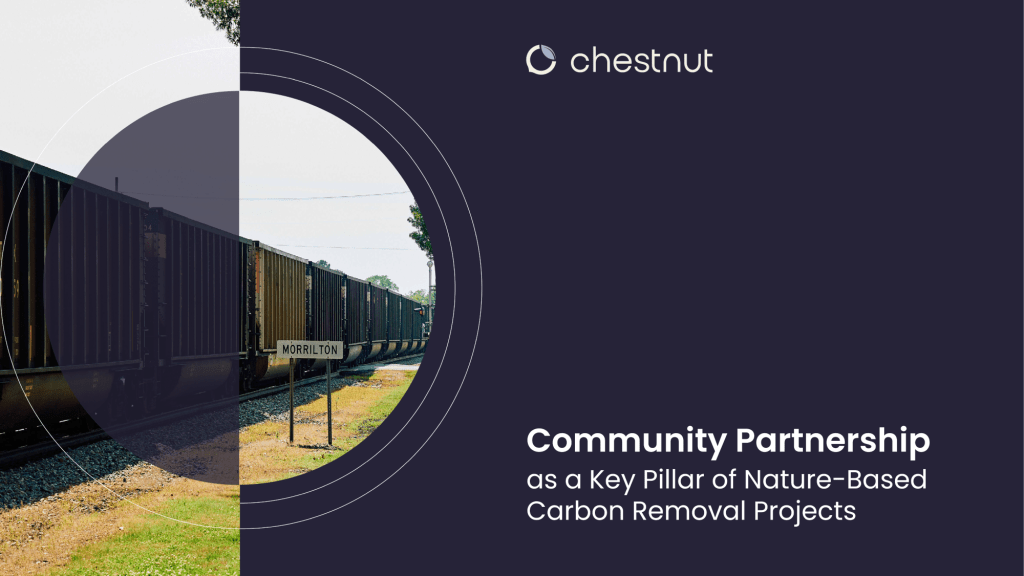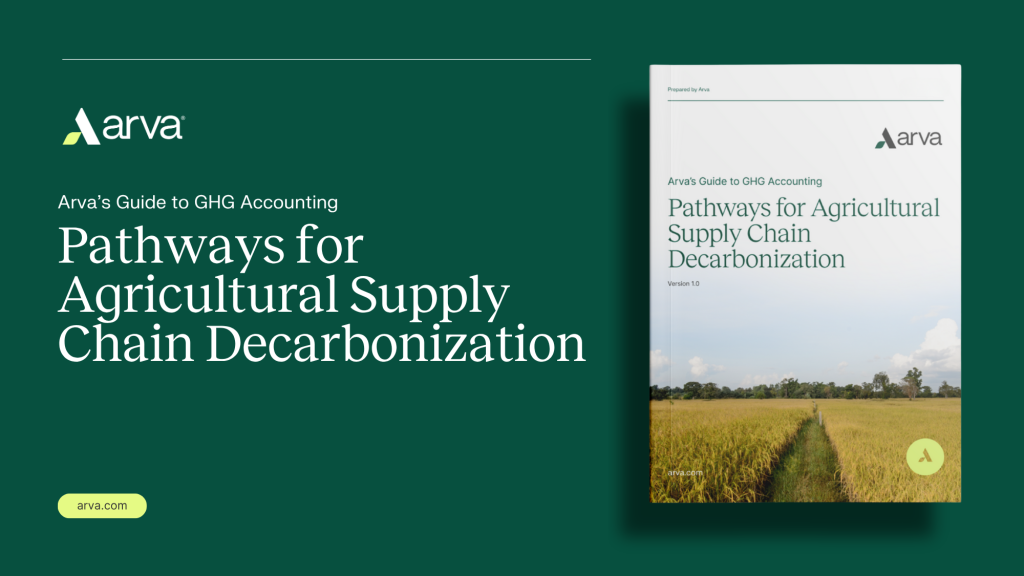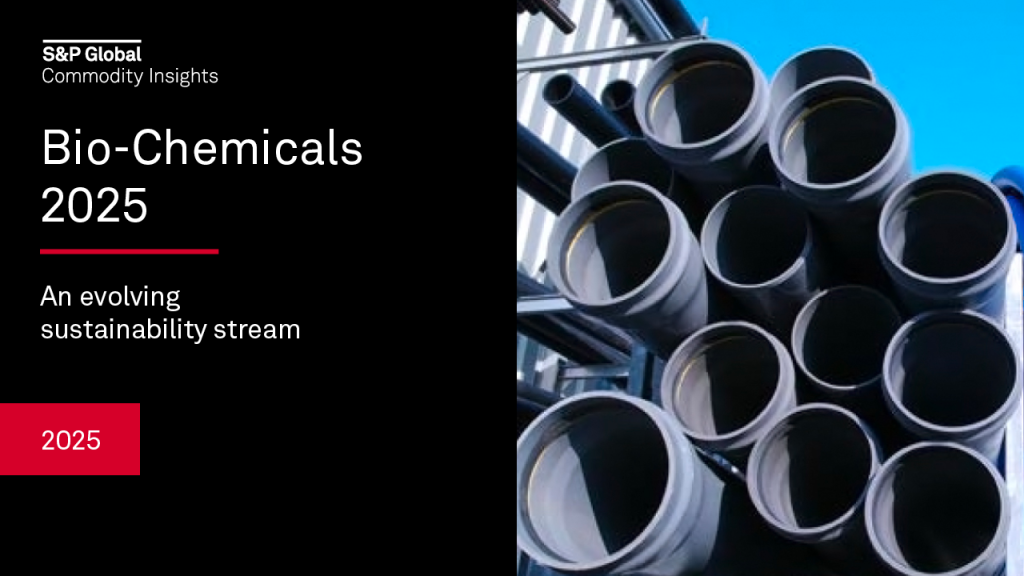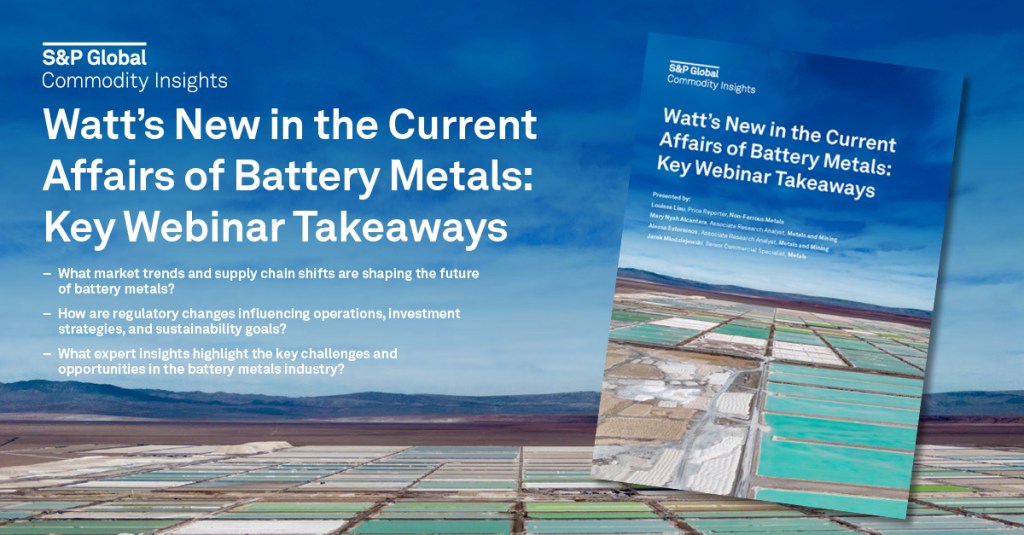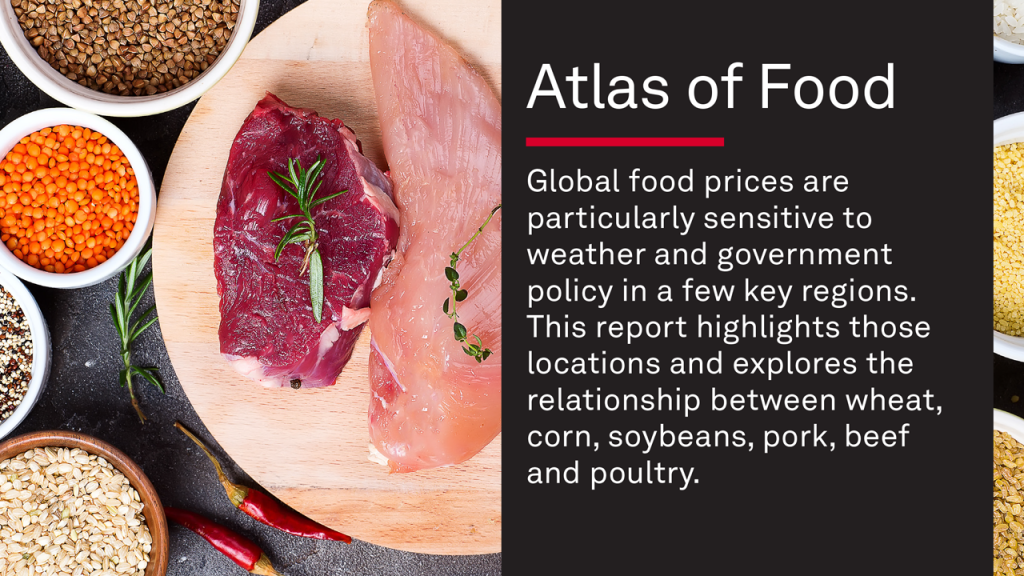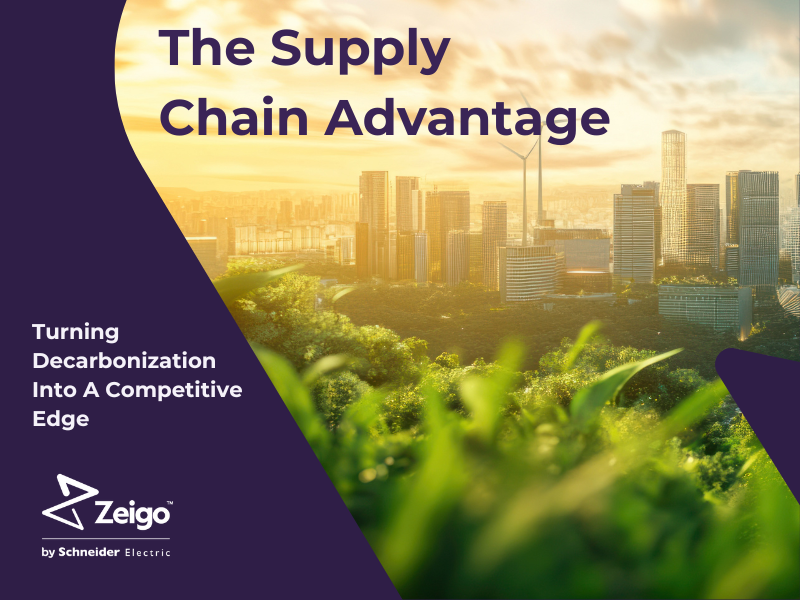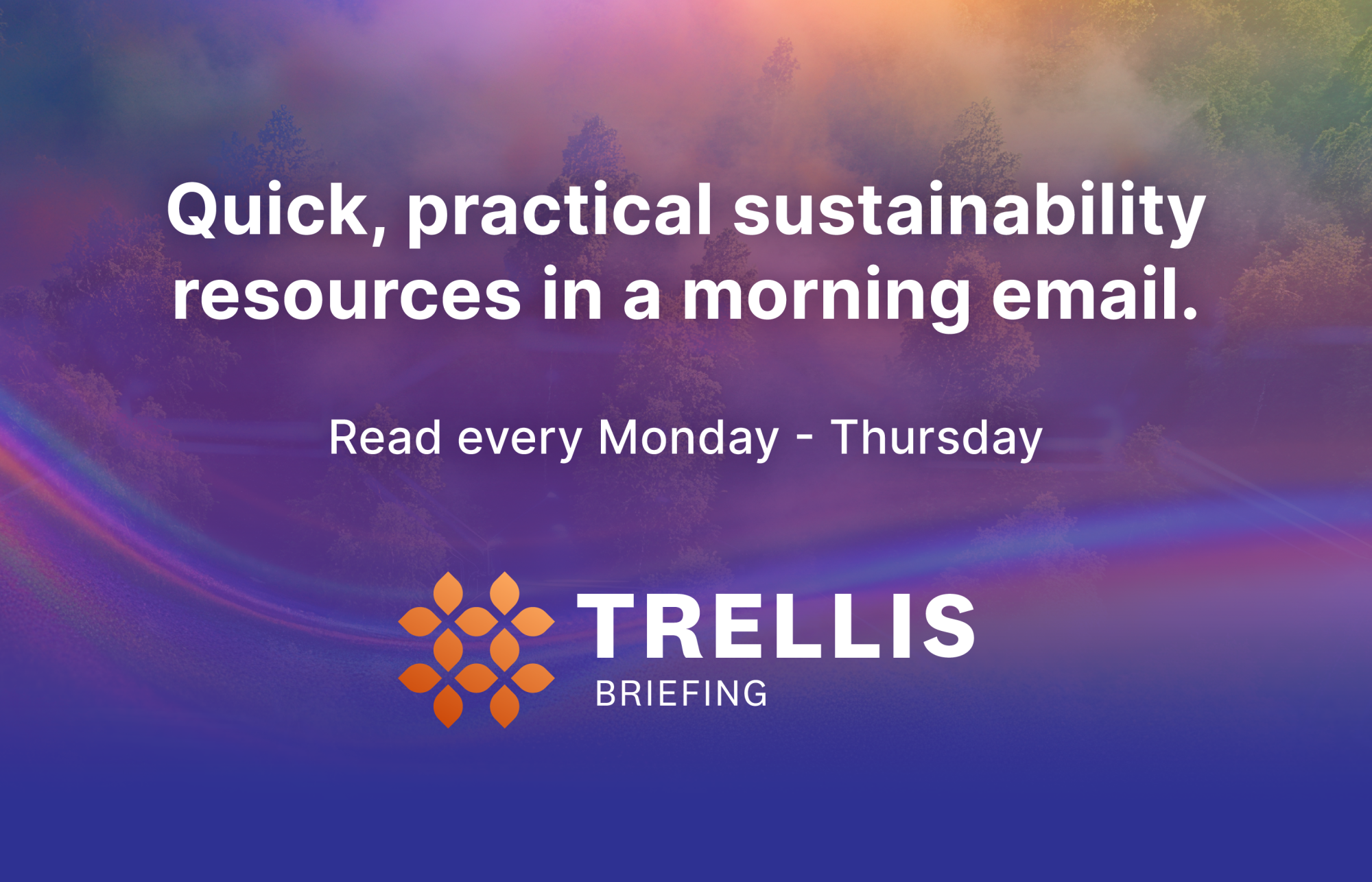Inside PepsiCo’s sustainability strategy pivot
Jim Andrew, the $92 billion food and beverage company’s chief sustainability officer, reflects on the decision to extend its net-zero commitment by 10 years. Read More
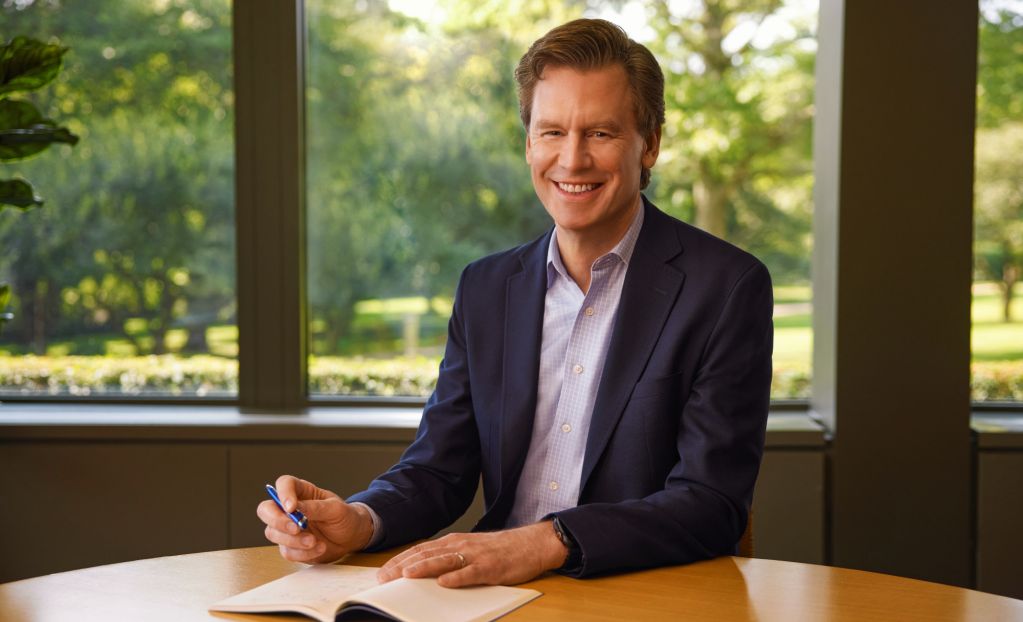
- The food and beverage company blames system-level obstacles for many revisions announced in spring 2025.
- It’s leaning harder on areas where partner networks exist, such as regenerative agriculture.
- Andrew says being transparent about shortcomings and shifts builds trust.
PepsiCo, like many other companies with environmental commitments set or reset in the 2020 timeframe, downgraded some goals within its 2025 sustainability reporting cycle — extending the deadline for its long-term net-zero commitment from 2040 to 2050.
Its decision to proactively communicate those changes, however, is rare in a year when other high-profile companies are downplaying or delaying communications about their ESG progress. At least half of the companies that published reports during the first half of 2024, for example, delayed their latest versions in 2025.
PepsiCo, in contrast, offers deep detail about its revisions and the thinking that drove them in its comprehensive online reporting hub, updated in August.
“We wanted to be as transparent as possible, because transparency plus accountability equals trust,” said PepsiCo Chief Sustainability Officer Jim Andrew, during the latest episode of Climate Pioneers, our series featuring innovators and leaders shaping the corporate climate movement.
“If you wanted to wade through the footnotes and understand the logic, we tried to make that as clear as possible,” he said. “And then we also had a very simple summary, so if you wanted to hit the high points, you could also do that.”
It takes a system
PepsiCo reviews all sustainability goals comprehensively every four to five years, not just as a reporting exercise but to understand what should be changed. Each commitment was evaluated separately to better understand what was driving or prohibiting progress. The goal: learn and adjust.
“If we haven’t learned anything in four or five years, then shame on us because certainly a lot of things look different,” said Andrew, who reports to PepsiCo’s CEO and meets with his counterparts in the C-suite at least monthly.
The prevailing rationale for many downgrades PepsiCo describes in its disclosures — including the extension of its net-zero commitment by 10 years and its retreat from a 2030 pledge to cut virgin plastic consumption by 20 percent — is the lack of systemic support for those ambitions, according to Andrew.
“Overall, there’s things that individual companies can do, and there’s a range of aspirations and commitments to doing those things by different types of companies, but there is also a tremendous amount that’s dependent on the systems that we’re all a part of,” he said.
Because the majority of national emissions reduction commitments are pegged to 2050 or later, it’s difficult for any one multinational corporation to accomplish the same thing more quickly.
“You can’t move a system as big as ours around the world faster than the whole world is moving,” Andrew said. “It’s just unrealistic. So we said 2050 is much better aligned with what the world is doing.” The new targets are also aligned with the goal of keeping global temperatures below 1.5 degrees Celsius, whereas the previous ones were set for a 2 degrees change.
Point of influence: regenerative agriculture
Not all of PepsiCo’s revisions reflect a belief that progress will be slower. The $92 billion company — which gets roughly 60 percent of its revenue from food brands including Lay’s and Quaker Oats — made its targets for sourcing ingredients tougher to achieve by increasing a commitment to buying from farms using regenerative agriculture to 10 million acres by 2030, up from 7 million. As of its latest progress update in August, it had achieved 3.5 million acres.
The new goal represents well over half of the land required to grow around 50 major crops — notably oats, potatoes and corn — needed for PepsiCo’s products.
The economic crisis in farming is one reason for this heightened focus, Andrew acknowledged, because regenerative agriculture provides an opportunity for farmers to reframe their value proposition. It also gives PepsiCo a role in that transition.
Just as important for PepsiCo’s confidence in making the shift was the supportive network of corporate partners that it collaborates with to develop initiatives and incentives for the roughly 300,000 farmers in the conglomerate’s agricultural chain, which spans 60 countries.
For example, PepsiCo in September said it is teaming up with another consumer products giant, Unilever, to provide funding and technical support to local farmers in Canada and the U.S.
It’s important to provide farmers financial incentives, technical advice and cultural support to bridge the transition to regenerative agriculture practices, which usually takes three to four years. In many tight-knit U.S. farming communities, regenerative agriculture is still seen as an unorthodox choice that neighbors might question. PepsiCo builds provisions for this support into contracts with farmers that are willing to make the commitment.
“I think that many farmers know that moving to regenerative practices is better for their farms, better for the soil,” Andrew said.
Methods such as planting cover crops to protect soil erosion and decreasing fertilizer usage lower costs for the same yield and improve resilience. “You end up better off, but you’ve got to get from here to there,” he said.

Subscribe to Trellis Briefing
Featured Reports

The Premier Event for Sustainable Business Leaders

